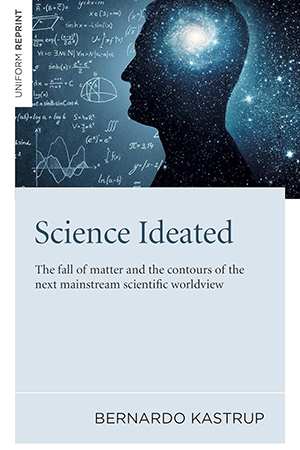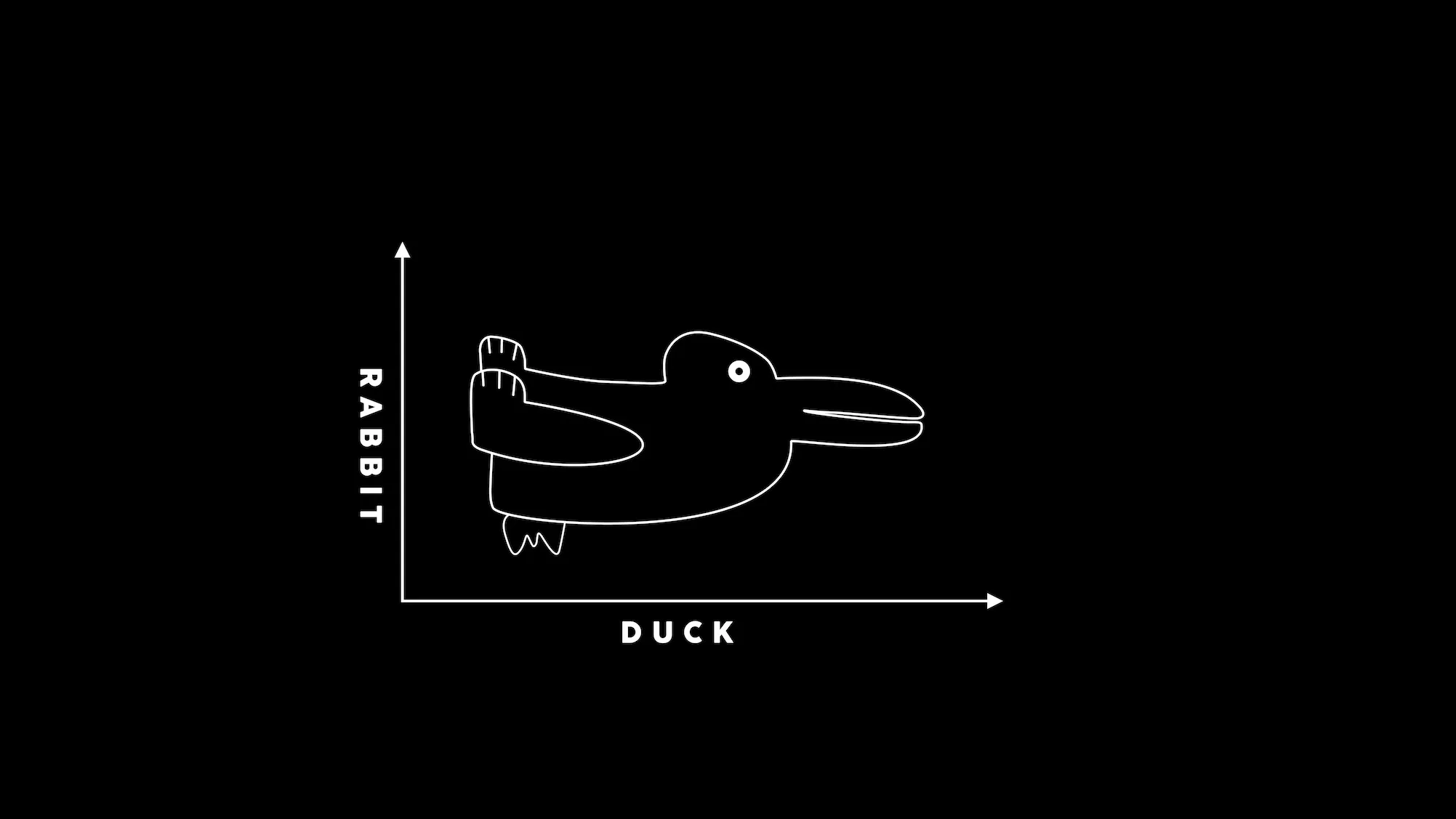
Library
Perception
Michael Madary
Visual Phenomenology
Phenomenological and empirical methods of investigating visual experience converge to support the thesis that visual perception is an ongoing process of anticipation and fulfillment. In this book, Michael Madary examines visual experience, drawing on both phenomenological and empirical methods of investigation. He finds that these two approaches—careful, philosophical description of experience and the science of vision—independently converge on the same result: Visual perception is an ongoing process of anticipation and fulfillment. Madary first makes the case for the descriptive premise, arguing that the phenomenology of vision is best described as on ongoing process of anticipation and fulfillment. He discusses visual experience as being perspectival, temporal, and indeterminate; considers the possibility of surprise when appearances do not change as we expect; and considers the content of visual anticipation. Madary then makes the case for the empirical premise, showing that there are strong empirical reasons to model vision using the general form of anticipation and fulfillment. He presents a range of evidence from perceptual psychology and neuroscience, and reinterprets evidence for the two-visual-systems hypothesis. Finally, he considers the relationship between visual perception and social cognition. An appendix discusses Husserlian phenomenology as it relates to the argument of the book. Madary argues that the fact that there is a convergence of historically distinct methodologies itself is an argument that supports his findings. With Visual Phenomenology, he creates an exchange between the humanities and the sciences that takes both methods of investigation seriously.
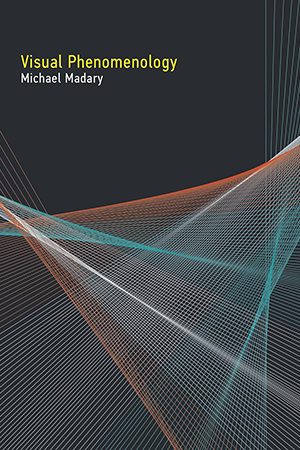
Gilbert Ryle
The Concept of Mind
This work has been selected by scholars as being culturally important and is part of the knowledge base of civilization as we know it. This work is in the public domain in the United States of America, and possibly other nations. Within the United States, you may freely copy and distribute this work, as no entity (individual or corporate) has a copyright on the body of the work. Scholars believe, and we concur, that this work is important enough to be preserved, reproduced, and made generally available to the public. To ensure a quality reading experience, this work has been proofread and republished using a format that seamlessly blends the original graphical elements with text in an easy-to-read typeface. We appreciate your support of the preservation process, and thank you for being an important part of keeping this knowledge alive and relevant.
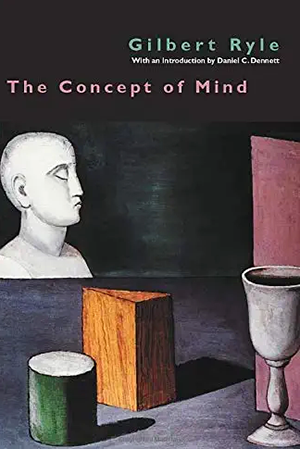
Zoltan Torey
The Conscious Mind
How did the human mind emerge from the collection of neurons that makes up the brain? How did the brain acquire self-awareness, functional autonomy, language, and the ability to think, to understand itself and the world? In this volume in the Essential Knowledge series, Zoltan Torey offers an accessible and concise description of the evolutionary breakthrough that created the human mind. Drawing on insights from evolutionary biology, neuroscience, and linguistics, Torey reconstructs the sequence of events by which Homo erectus became Homo sapiens. He describes the augmented functioning that underpins the emergent mind—a new (“off-line”) internal response system with which the brain accesses itself and then forms a selection mechanism for mentally generated behavior options. This functional breakthrough, Torey argues, explains how the animal brain's “awareness” became self-accessible and reflective—that is, how the human brain acquired a conscious mind. Consciousness, unlike animal awareness, is not a unitary phenomenon but a composite process. Torey's account shows how protolanguage evolved into language, how a brain subsystem for the emergent mind was built, and why these developments are opaque to introspection. We experience the brain's functional autonomy, he argues, as free will. Torey proposes that once life began, consciousness had to emerge—because consciousness is the informational source of the brain's behavioral response. Consciousness, he argues, is not a newly acquired “quality,” “cosmic principle,” “circuitry arrangement,” or “epiphenomenon,” as others have argued, but an indispensable working component of the living system's manner of functioning.
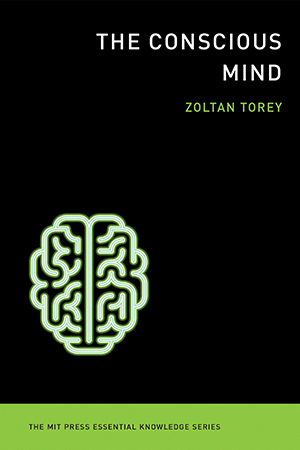
Mark Solms
The Hidden Spring: A Journey to the Source of Consciousness
A revelatory new theory of consciousness that returns emotions to the center of mental life. For Mark Solms, one of the boldest thinkers in contemporary neuroscience, discovering how consciousness comes about has been a lifetime’s quest. Scientists consider it the hard problem because it seems an impossible task to understand why we feel a subjective sense of self and how it arises in the brain. Venturing into the elementary physics of life, Solms has now arrived at an astonishing answer. In The Hidden Spring, he brings forward his discovery in accessible language and graspable analogies. Solms is a frank and fearless guide on an extraordinary voyage from the dawn of neuropsychology and psychoanalysis to the cutting edge of contemporary neuroscience, adhering to the medically provable. But he goes beyond other neuroscientists by paying close attention to the subjective experiences of hundreds of neurological patients, many of whom he treated, whose uncanny conversations expose much about the brain’s obscure reaches. Most importantly, you will be able to recognize the workings of your own mind for what they really are, including every stray thought, pulse of emotion, and shift of attention. The Hidden Spring will profoundly alter your understanding of your own subjective experience.
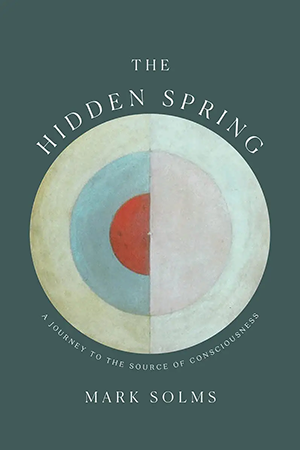
Daniel C. Dennett
From Bacteria to Bach and Backs
A supremely enjoyable, intoxicating work. —Nature How did we come to have minds? For centuries, poets, philosophers, psychologists, and physicists have wondered how the human mind developed its unrivaled abilities. Disciples of Darwin have explained how natural selection produced plants, but what about the human mind? In From Bacteria to Bach and Back, Daniel C. Dennett builds on recent discoveries from biology and computer science to show, step by step, how a comprehending mind could in fact have arisen from a mindless process of natural selection. A crucial shift occurred when humans developed the ability to share memes, or ways of doing things not based in genetic instinct. Competition among memes produced thinking tools powerful enough that our minds don’t just perceive and react, they create and comprehend. An agenda-setting book for a new generation of philosophers and scientists, From Bacteria to Bach and Back will delight and entertain all those curious about how the mind works.
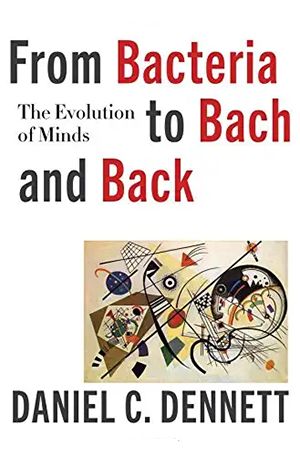
Peter Godfrey-Smith
Other Minds
Although mammals and birds are widely regarded as the smartest creatures on earth, it has lately become clear that a very distant branch of the tree of life has also sprouted higher intelligence: the cephalopods, consisting of the squid, the cuttlefish, and above all the octopus. In captivity, octopuses have been known to identify individual human keepers, raid neighboring tanks for food, turn off lightbulbs by spouting jets of water, plug drains, and make daring escapes. How is it that a creature with such gifts evolved through an evolutionary lineage so radically distant from our own? What does it mean that evolution built minds not once but at least twice? The octopus is the closest we will come to meeting an intelligent alien. What can we learn from the encounter? In Other Minds, Peter Godfrey-Smith, a distinguished philosopher of science and a skilled scuba diver, tells a bold new story of how subjective experience crept into being—how nature became aware of itself. As Godfrey-Smith stresses, it is a story that largely occurs in the ocean, where animals first appeared. Tracking the mind’s fitful development, Godfrey-Smith shows how unruly clumps of seaborne cells began living together and became capable of sensing, acting, and signaling. As these primitive organisms became more entangled with others, they grew more complicated. The first nervous systems evolved, probably in ancient relatives of jellyfish; later on, the cephalopods, which began as inconspicuous mollusks, abandoned their shells and rose above the ocean floor, searching for prey and acquiring the greater intelligence needed to do so. Taking an independent route, mammals and birds later began their own evolutionary journeys.
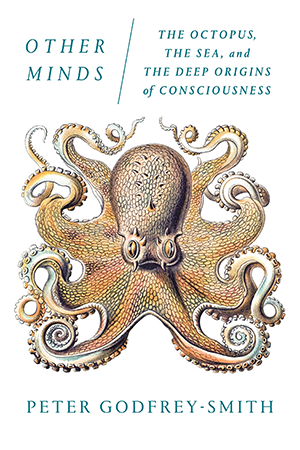
Rachel Herz
The Scent of Desire
Shakespeare wrote that a rose by any other name would smell as sweet. But if you cannot smell, does the rose lose its sweetness? The first and definitive book on the psychology of smell, The Scent of Desire traces the importance of smell in our lives, from nourishment to procreation to our relationships with the people closest to us and the world at large. Smell was the very first sense to evolve and is located in the same part of the brain that processes emotion, memory, and motivation. To our ancestors, the sense of smell wasn't just important, it was crucial to existence and it remains so today. Our emotional, physical, even sexual lives are profoundly shaped by both our reactions to and interpretations of different smells. Why do some people like a certain smell and others hate it? Is smell personal or cultural? How does smell affect our choices and our daily lives? Rachel Herz explores these questions and examines the role smell plays in our lives, and how this most essential of senses is imperative to our physical and emotional well-being. Herz investigates how our sense of smell functions, examines what purpose it serves, and shows how inextricably it is linked to our survival. She introduces us to people who have lost their ability to smell and shows how their experiences confirm this sense's importance by illuminating the traumatic effect its loss has on the quality of day-to-day living. Herz illustrates how profoundly scent and the sense of smell affect our daily lives with numerous examples and personal accounts based on her years of research. The wonders of our sense of smell are all explored in a compelling and engaging manner, from emotions and memory to aromatherapy and pheromones. For anyone who has ever wondered about human nature or been curious about the secrets of both the body and the mind, The Scent of Desire is a fascinating, down-to-earth tour of the psychology and biology of our most neglected sense, the sense of smell.

Timothy Ferris
The Mind's Sky
The bestselling author of Coming of Age in the Milky Way delivers fascinating essays on the human mind, the search for extraterrestrial (and thus nonhuman) intelligence, comet strikes as a source of species extinction, near-death experiences, apocalyptic prophecies, information theory, and the origin of laughter. Praise for The Mind’s Sky “It is a joy to read The Mind’s Sky. What a sense of humility in the face of mystery—the spirit of Ulysses, as Tennyson put it, determined ‘to strive, to seek, to find and not to yield’—and sense of poetry too!”—John Archibald Wheeler, physicist, Princeton University “A few chapters into this wonderful book I suddenly realized that I was taking wider views of my own mind’s sky than I have enjoyed in a long time. Ferris illuminates (among other matters) the mysteries of laughter, nirvana, common sense, and Joe Montana. He makes us think big thoughts.”—Jonathan Weiner, author of The Next 100 Years and Planet Earth “One of our best and most imaginative writers, Timothy Ferris has never been afraid to tackle big themes. The Mind’s Sky is a dazzling and provocative synthesis of inner and outer space. This book is sure to be as controversial as it is elegant.”—Dennis Overbye, author of Lonely Hearts of the Cosmos
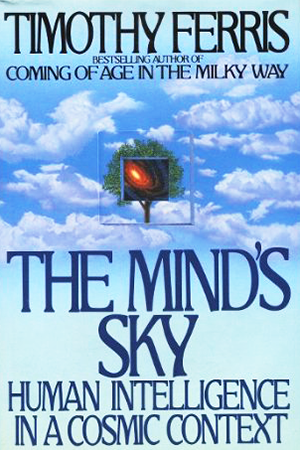
Donald Hoffman
The Case Against Reality: Why Evolution Hid the Truth from Our Eyes
Can we trust our senses to tell us the truth? Challenging leading scientific theories that claim that our senses report back objective reality, cognitive scientist Donald Hoffman argues that while we should take our perceptions seriously, we should not take them literally. How can it be possible that the world we see is not objective reality? And how can our senses be useful if they are not communicating the truth? Hoffman grapples with these questions and more over the course of this eye-opening work. Ever since Homo sapiens has walked the earth, natural selection has favored perception that hides the truth and guides us toward useful action, shaping our senses to keep us alive and reproducing. We observe a speeding car and do not walk in front of it; we see mold growing on bread and do not eat it. These impressions, though, are not objective reality. Just like a file icon on a desktop screen is a useful symbol rather than a genuine representation of what a computer file looks like, the objects we see every day are merely icons, allowing us to navigate the world safely and with ease. The real-world implications for this discovery are huge. From examining why fashion designers create clothes that give the illusion of a more “attractive” body shape to studying how companies use color to elicit specific emotions in consumers, and even dismantling the very notion that spacetime is objective reality, The Case Against Reality dares us to question everything we thought we knew about the world we see.
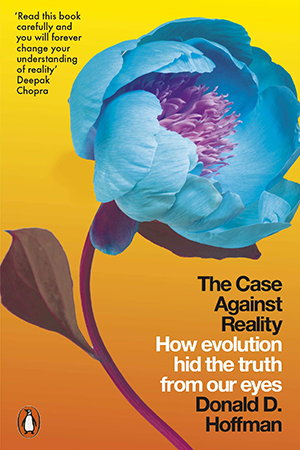
David Papineau
Introducing Consciousness
Introducing Consciousness provides a comprehensive guide to the current state of consciousness studies. It starts with the history of the philosophical relation between mind and matter, and proceeds to scientific attempts to explain consciousness in terms of neural mechanisms, cerebral computation and quantum mechanics. Along the way, readers will be introduced to zombies and Chinese Rooms, ghosts in machines and Erwin Schrodingers cat.
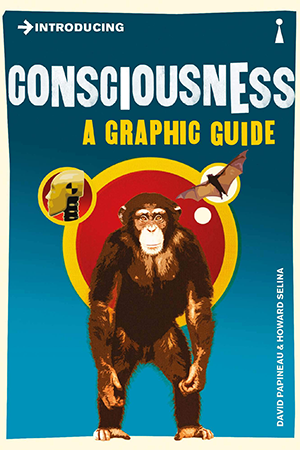
Patricia Smith Churchland
Neurophilosophy
Neurophilosophy is a rich interdisciplinary study of the prospects for a unifiedcognitive neurobiology. Contemporary research in the empirical neurosciences, and recent research inthe philosophy of mind and the philosophy of science, are used to illuminate fundamental questionsconcerning the relation between abstract cognitive theory and substantiveneuroscience. A Bradford Book. Five chapters in the book's first part, "Some Elementary Neuroscience," sketch the history of the science of nervous systems and provide a general introduction to neurophysiology, neuroanatomy, and neuropsychology. In the second part, "Recent Developments in the Philosophy of Science," chapters place the mind-body problem within the wider context of the philosophy of science. Drawing on recent research in this area, a general account of intertheoretic reduction is explained, arguments for a reductionist strategy are developed, and traditional objections from dualists and other anti reductionists are answered in novel ways. The third part, "A Neurophilosophical Perspective," concludes the book with a presentation and discussion of some of the most promising theoretical developments currently under exploration in functional neurobiology and in the connectionist models within artificial intelligence research.
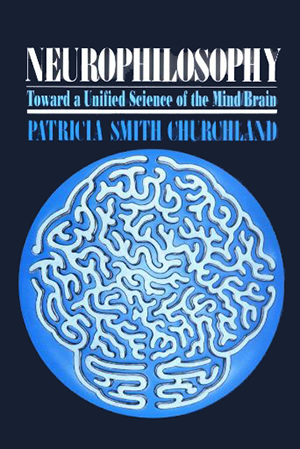
Christof Koch
The Feeling of Life Itself
An argument that consciousness, more widespread than previously assumed, is the feeling of being alive, not a type of computation or a clever hack. In The Feeling of Life Itself, Christof Koch offers a straightforward definition of consciousness as any subjective experience, from the most mundane to the most exalted—the feeling of being alive. Psychologists study which cognitive operations underpin a given conscious perception. Neuroscientists track the neural correlates of consciousness in the brain, the organ of the mind. But why the brain and not, say, the liver? How can the brain, three pounds of highly excitable matter, a piece of furniture in the universe, subject to the same laws of physics as any other piece, give rise to subjective experience? Koch argues that what is needed to answer these questions is a quantitative theory that starts with experience and proceeds to the brain. In The Feeling of Life Itself, Koch outlines such a theory, based on integrated information. Koch describes how the theory explains many facts about the neurology of consciousness and how it has been used to build a clinically useful consciousness meter. The theory predicts that many, and perhaps all, animals experience the sights and sounds of life; consciousness is much more widespread than conventionally assumed. Contrary to received wisdom, however, Koch argues that programmable computers will not have consciousness. Even a perfect software model of the brain is not conscious. Its simulation is fake consciousness. Consciousness is not a special type of computation—it is not a clever hack. Consciousness is about being.
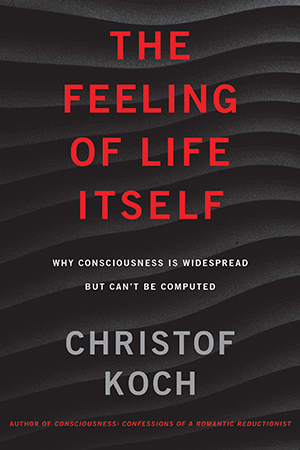
David Marr
Vision
Available again, an influential book that offers a framework for understanding visual perception and considers fundamental questions about the brain and its functions. David Marr's posthumously published Vision (1982) influenced a generation of brain and cognitive scientists, inspiring many to enter the field. In Vision, Marr describes a general framework for understanding visual perception and touches on broader questions about how the brain and its functions can be studied and understood. Researchers from a range of brain and cognitive sciences have long valued Marr's creativity, intellectual power, and ability to integrate insights and data from neuroscience, psychology, and computation. This MIT Press edition makes Marr's influential work available to a new generation of students and scientists. In Marr's framework, the process of vision constructs a set of representations, starting from a description of the input image and culminating with a description of three-dimensional objects in the surrounding environment. A central theme, and one that has had far-reaching influence in both neuroscience and cognitive science, is the notion of different levels of analysis—in Marr's framework, the computational level, the algorithmic level, and the hardware implementation level. Now, thirty years later, the main problems that occupied Marr remain fundamental open problems in the study of perception. Vision provides inspiration for the continuing efforts to integrate knowledge from cognition and computation to understand vision and the brain.
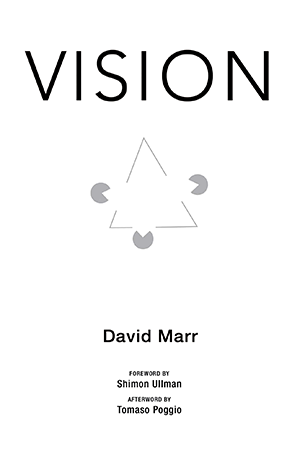
Brent Berlin
Basic Color Terms
Explores the psychophysical and neurophysical determinants of cross-linguistic constraints on the shape of color lexicons. The Berlin-Kay theory of basic color terms maintains that the world’s languages share all or part of a common stock of color concepts and that terms for these concepts evolve in a constrained order.

David J. Chalmers
Reality+: Virtual Worlds and the Problems of Philosophy
A leading philosopher takes a mind-bending journey through virtual worlds, illuminating the nature of reality and our place within it. Virtual reality is genuine reality; that’s the central thesis of Reality+. In a highly original work of technophilosophy, David J. Chalmers gives a compelling analysis of our technological future. He argues that virtual worlds are not second-class worlds, and that we can live a meaningful life in virtual reality. We may even be in a virtual world already. Along the way, Chalmers conducts a grand tour of big ideas in philosophy and science. He uses virtual reality technology to offer a new perspective on long-established philosophical questions. How do we know that there’s an external world? Is there a god? What is the nature of reality? What’s the relation between mind and body? How can we lead a good life? All of these questions are illuminated or transformed by Chalmers’ mind-bending analysis. Studded with illustrations that bring philosophical issues to life, Reality+ is a major statement that will shape discussion of philosophy, science, and technology for years to come.
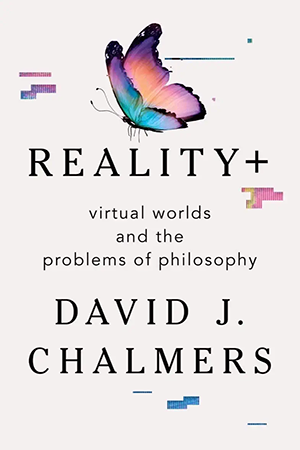
Antonio Damasio
The Strange Order of Things
From one of our preeminent neuroscientists: a landmark reflection that spans the biological and social sciences, offering a new way of understanding the origins of life, feeling, and culture. The Strange Order of Things is a pathbreaking investigation into homeostasis, the condition of that regulates human physiology within the range that makes possible not only the survival but also the flourishing of life. Antonio Damasio makes clear that we descend biologically, psychologically, and even socially from a long lineage that begins with single living cells; that our minds and cultures are linked by an invisible thread to the ways and means of ancient unicellular life and other primitive life-forms; and that inherent in our very chemistry is a powerful force, a striving toward life maintenance that governs life in all its guises, including the development of genes that help regulate and transmit life. In The Strange Order of Things, Damasio gives us a new way of comprehending the world and our place in it.
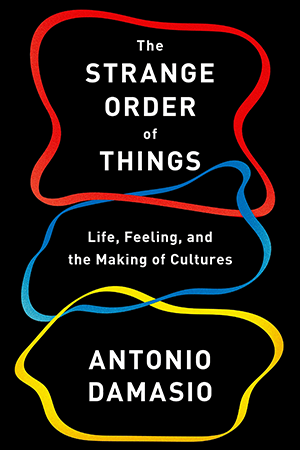
Marvin Minsky
Society Of Mind
Marvin Minsky -- one of the fathers of computer science and cofounder of the Artificial Intelligence Laboratory at MIT -- gives a revolutionary answer to the age-old question: "How does the mind work?" Minsky brilliantly portrays the mind as a "society" of tiny components that are themselves mindless. Mirroring his theory, Minsky boldly casts The Society of Mind as an intellectual puzzle whose pieces are assembled along the way. Each chapter -- on a self-contained page -- corresponds to a piece in the puzzle. As the pages turn, a unified theory of the mind emerges, like a mosaic. Ingenious, amusing, and easy to read, The Society of Mind is an adventure in imagination.
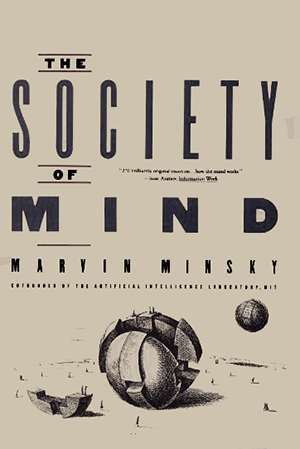
James Jerome Gibson
The Senses Considered as Perceptual Systems
A treatment of the basic sensory processes that deemphasizes psychophysics, quantitative findings about thresholds, anatomy and physiology of receptors. Good illustrations and bibliography. Stimulating work for seniors and graduate students who have a background in a more conventional treatment of sensory processes.
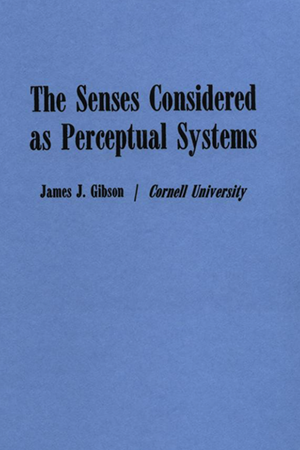
Günter Wyszecki
Color Science: Concepts and Methods, Quantitative Data and Formulas
This classic book deals with all phases of light, color, and color vision, providing comprehensive data, formulas, concepts, and procedures needed in basic and applied research in color vision, colorimetry, and photometry.

Bernardo Kastrup
Science Ideated
Leading-edge empirical observations are increasingly difficult to reconcile with 'scientific' materialism. Laboratory results in quantum mechanics, for instance, strongly indicate that there is no autonomous world of tables and chairs out there. Coupled with the inability of materialist neuroscience to explain consciousness, this is forcing both science and philosophy to contemplate alternative worldviews. Analytic idealism the notion that reality, while equally amenable to scientific inquiry, is fundamentally mental is a leading contender to replace 'scientific' materialism. In this book, the broad body of empirical evidence and reasoning in favor of analytic idealism is reviewed in an accessible manner. The book brings together a number of highly influential essays previously published by major media outlets such as Scientific American and the Institute of Art and Ideas. The essays have been revised and improved, while two neverbeforepublished essays have been added. The resulting argument anticipates a historically imminent transition to a scientific worldview that, while elegantly accommodating all known empirical evidence and predictive models, regards mind not matter as the ground of all reality.
